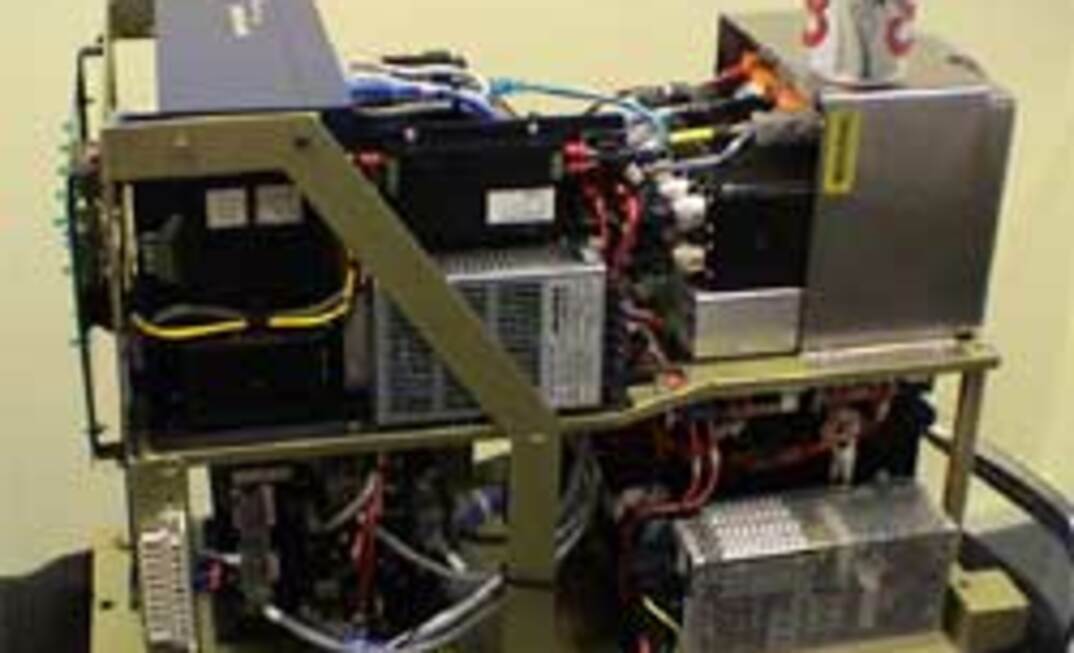Keeping the longwall straight has always been a headache for longwall operators but CSIRO’s latest trials have successfully shown that automated face alignment works; one of the latest offshoot developments related to face automation.
The major Australian project is moving steadily towards developing a longwall automation system that will cut and load coal, maintain face geometry and manipulate roof supports without human intervention.
Funded largely by the Australian Coal Association Research Program with CSIRO as principal research group, the project has been ongoing since 2001.
Xstrata Coal’s Beltana mine has been the site of ongoing trials of the automation technology for some years on its DBT shearer and Joy roof supports. Tests were recently extended to BHP Billiton Mitsubishi Alliance’s Broadmeadow mine in Queensland. This longwall face has a DBT shearer and roof supports and allowed researchers to trial the Landmark-DBT face alignment interface.
The Shearer Position Measurement System (SPMS) measures the position of the shearer in three-dimensional space to allow – among other things – the automation of the roof support movement.
Successful trials of the alignment capability at Beltana were reported in 2004 but certain difficulties cut some of these trials short – software applications struggled to cope with initiating movement of the maingate and tailgate shields, which follow a different sequence from the rest of the face.
With this now resolved through further software development, CSIRO’s sixth and most successful trial at Beltana was followed by the first successful trial at Broadmeadow, said CSIRO senior principal research engineer David Hainsworth.
DBT had already developed the ability to move shields in automated mode using its VTR technology but was missing one crucial piece of information – actual 3D information about the face’s profile. This has now been made possible through the SPMS.
“The major deliverable is that for both sites we’ve been able to have closed loop control of face alignment,” said CSIRO Exploration and Mining manager Mick Kelly.
“That means the SPMS is giving us the actual position of the shearer and we’ve been able to control the shield advance to make sure the AFC gets pushed in a straight line. And that’s been done wholly automated.”
Hainsworth said one remaining issue is around the OEM equipment being able to accept the automation inputs in a production environment. “Any time an exception happens, and the OEM automation system is bypassed or reverts to manual, it won’t accept the Landmark inputs until automated operation is restarted, which will be on the next shear,” he said.
Hainsworth said it would now be an educational process for the operational people to minimise intervention and let the longwall run in automated mode.
One thing to come out of the trials at both sites is that operators have said they need to know when the shields are being controlled by the Landmark controller and when they’re not. At the moment, only those working in the maingate would know when the alignment was being controlled automatically or not. The researchers said some kind of on/off signal installed on the shields was a possible solution.
























